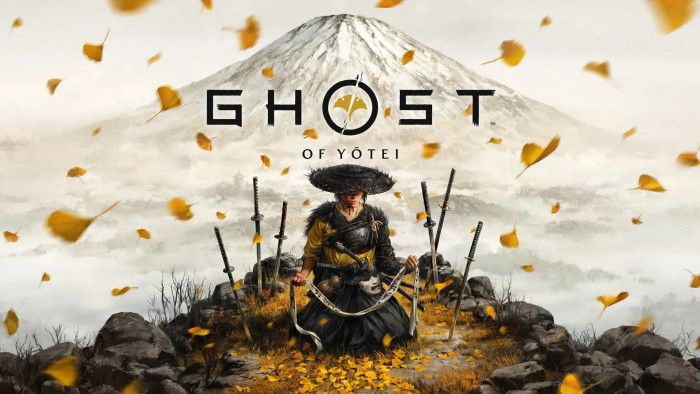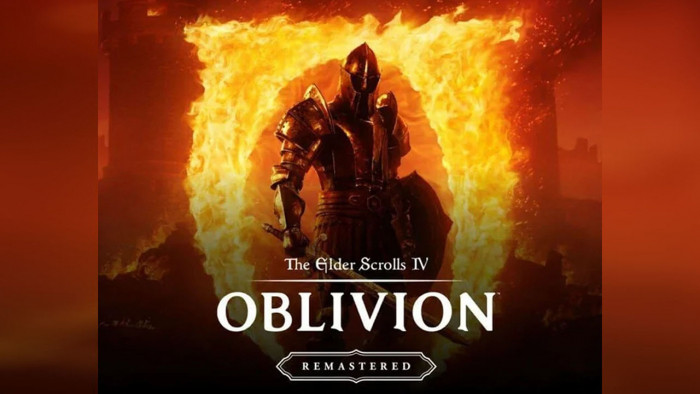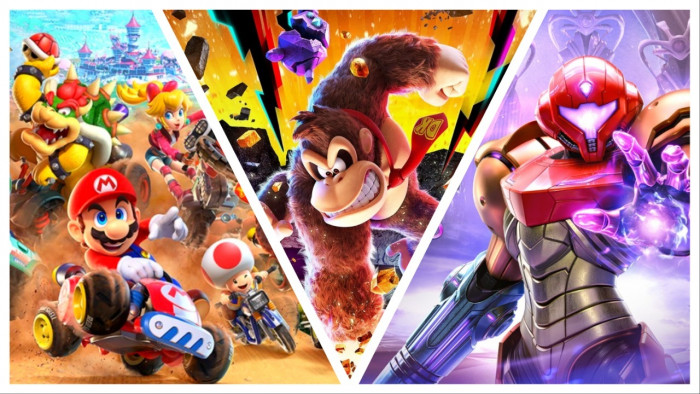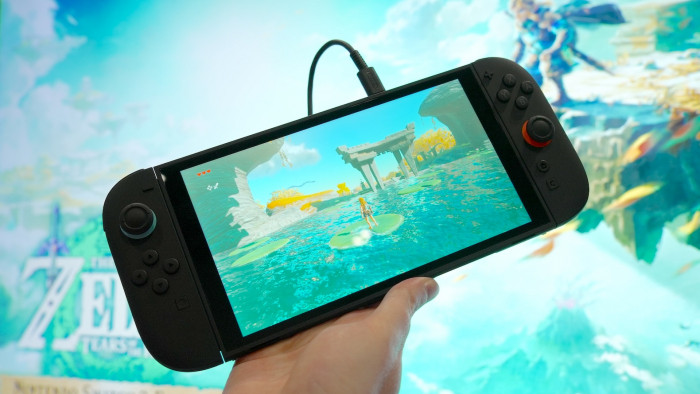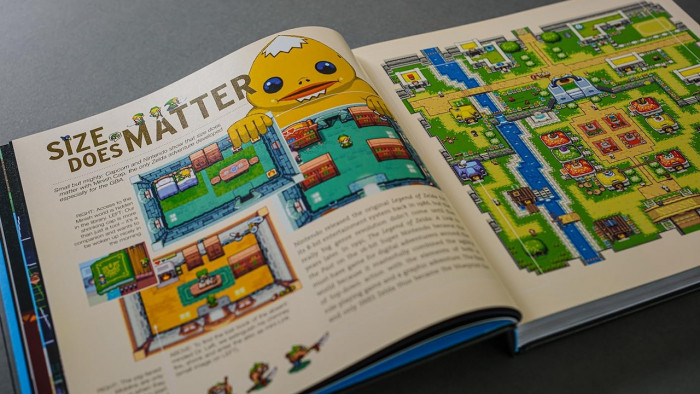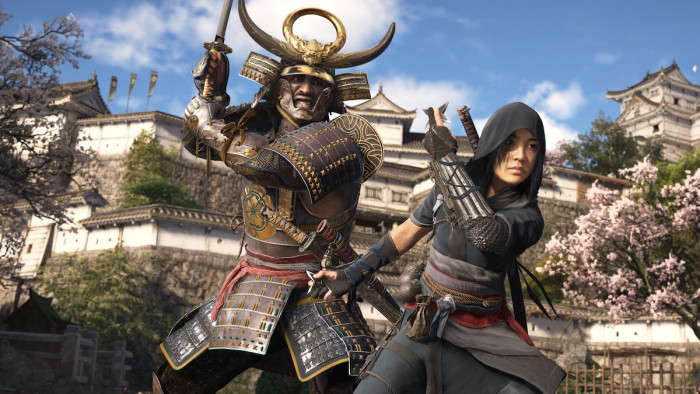What 'Mario Kart' - the ultimate driving game - taught me about life
Joel Golby, like you, is merely a product of 'Mario Kart'


The first time you experienced Mario Kart you were cross-legged. This is a fact. I can only guess at how the rest of this idyllic childhood scene would go – perhaps you were eating sugary breakfast cereal out of a small plastic bowl that came free with another, more sugary breakfast cereal, the curtains still drawn against the early morning light, the plastic spoon softly clanking against the bowl rim? Perhaps you wore Thunderbirds pyjamas, worn bobbly and soft by being hot-washed every three days without fail? Perhaps your parents let you have Coke, that you came from a Coke family, and you had a glass of Coke in front of you, precariously balanced on the carpet? But the major components are always the same: you, cross-legged, bathed in the technicolour glow of Mario Kart. This is just how it goes.
For me, it was at Gareth and Greg’s house. Everyone has this, don’t they, as a kid: a set of twin friends with alliterative names, and they have divorced parents with good middle-class incomes, and therefore a gleaming N64 with four controllers and a big TV (in their room!). This is where I first beheld Mario Kart in all its glory: just me, Yoshi, a 150cc kart and the tarmacked expanse of Toad’s Turnpike.
This is where you learn what Mario Kart is: it’s laying banana-peel traps and firing colour-coded shells; it’s hitting the apex of every single corner, skidding around item boxes you know are primed to explode; it’s choosing Mario at the character-select screen before anyone else can move. It’s a game where first can turn to third in the last five seconds of a race, where you hold your breath tight in your chest and bite your lip and push the controller forward, urging your tiny avatar on. Mario Kart is about saving your green shells so they circle round you like a protective shield, but it’s also about physically leaning your body with the controller when you turn a corner on the screen. And lo, I was in love.

My theory goes like this: you’re indelibly shaped and formed by the version of Mario Kart you first came to master. This is like a zodiac sign. So you have ‘80s kids, with their T-shirts tucked into their corduroys, and their gigantic snapped-down-the-middle Roland-from-Grange-Hill glasses, and their first Mario Kart was Super Mario Kart. This means they’re easy-going types, obsessed with victory, not perfection. It’s impossible to complete a race on Super Mario Kart without running off the track at least once, because the controls are so twitchy; if you cannot win pretty, the Super Mario Kart player says, then make sure you just win. But they’re also easily troubled by simple obstacles (Super Mario Kart’s an entirely flat game; the ‘80s boy is panicked by the idea of a ramp or mild bump). You see what I mean.
It’s been 20 years since Mario Kart 64 was released, alarmingly, so anyone rapidly approaching 30 or thereabouts – hiya – will have grown up with this one.
This is why millennials are so obsessed with social justice: they were introduced to a world where the Blue Shell, the great leveller of our time, meant that even someone in lowly eighth position at the start of the third and final lap could rise to the top under the right circumstances. The Mario Kart 64 boy knows that life works like this: no matter how bad things seem, there is always the tunnel on Koopa Troopa Beach that you can drive through. There is always a tunnel.
We’re yet to see quite what the Mario Kart: Double Dash!! generation are capable of – it came out in 2003 – but we know that they consider teamwork imperative (Double Dash!! introduced a system where one character drove, one character threw weapons; they might as well have called it Communism Dash!!), have mastered the shoulder-button powerslide, and were the final Mario Kart intake to play solely against the computer and not online. The first Double Dash!! president, some time around the year 2040, will be fair, honest and just.

The Mario Kart Wii players are the ones we need to fear during the inevitable uprising, because they learned to play Mario Kart – a game of nuance, control, hyper-focus, precision, bananas – using the clunkiest steering system in the world: a white stick you have to put AA batteries in and then swoop through the air. Anyone with a Wii U and Mario Kart 8 is a child and not reading this, so I don’t have to sum them up in wider terms, but you get the picture.
Yet despite our differences, man can come together under the unifying principles that run through every iteration of Mario Kart like bones: speed (a given); unfairness (no matter who you are and what you do, the lightning bolt comes for us all); vigilance (can you drive through Bowser’s Castle without being crushed by a cursed pillar? Not without vigilance, no); balloons (for some reason balloons are an important part of Mario Kart lore); penguins (penguins are built so solidly they can make a car spin off into the ice). And we can all come together in the single same knowledge: Rainbow Road is an absolute bastard.
The point is this: Mario Kart isn’t about karting and being Mario. That’s just the illusion Nintendo paints over the top. Proof: there’s a hidden scene, in Mario Kart 64, when you come fourth in a tournament, and you watch as the three medallists drive triumphantly up to the podium. You, in your kart, sadly turn and drive off, along a sandy track, over a lush green hill. And then a gigantic bomb on wheels chases you down and explodes you. That’s what Mario Kart is really about: karting, driving monkeys, angry dinosaurs, enemies, friendships, bananas. But it’s also about life and about death. Don’t let the fact that it’s a game you first learned to play in your pyjamas convince you otherwise.
Latest
Related Reviews and Shortlists


